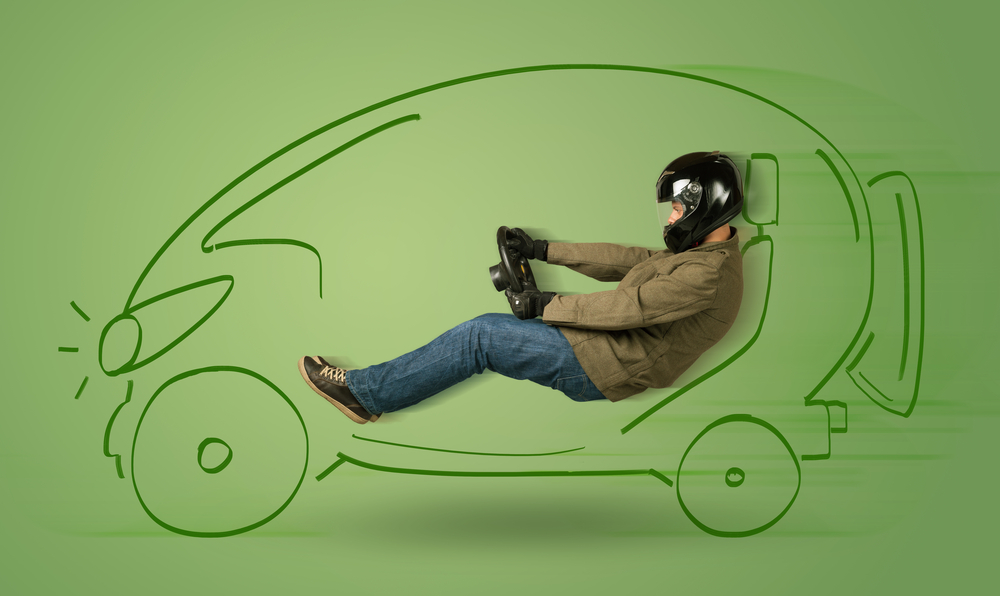I recently read something that bothered me. It was a LinkedIn post that a friend had shared. The post contained misinformation and incorrect data. The originator’s words were meant to stir the ever-growing ideological divide that is plaguing our country. Although I did not agree with the direction of the content, I am open to any discussion as long as the facts are correct.
What was alarming to me was the fact that it was posted on LinkedIn. LinkedIn has become an amazing platform for news and content. Respectable Influencers post valuable information and opinions every day. But this particular post made me question how LinkedIn’s Pulse platform was evolving.
Our opinions are built on the information that we are given and consume. How can we trust that those channels are giving us the correct information? Certainly, the way media currently presents news and information plays a big role in the creation of our trust issues.
A survey called “Sex, Lies & News” was commissioned by the American Association of Advertising Agencies (4As) in January 2015. The survey presented information on whom Americans trusted and who they thought acted with integrity. Of the people polled, 74% said they acted with integrity vs. 10% for newspapers. Only 6% thought that cable news had integrity.
48% percent did not trust any news source. “According to 4As Chief Marketing Officer Alison Fahey, ‘general consumers are looking to more than one news source for information, because they don’t trust one source.’ ” Only 32% of those polled trusted “Editorial content written by an experienced journalist or established news source.” Information from a 2014 Gallop poll presented similar data. The poll showed that only 40% trust the news that they receive through mass media, newspaper, TV and radio. This is an all time low for the past ten years.
This presents an interesting look at Americans. We believe that we have integrity, but don’t we trust the news sources where we get our information. What information is our integrity and knowledge based on and how can we trust ourselves to know what is the truth? We’re missing the information that we need.
The current media economic framework pays more attention to the needs of the advertiser, overshadowing the needs of the user. A balance between economics, content and users has to be designed. Trust is created when the content and delivery is connected to the users’ needs and they feel protected by the designed system. Can media channels adapt a business model that focuses on the needs of the viewer? Here are some questions that could help design a more connected system.
• Who is the user and which generation do they belong to?
• How do people use and interact with the different media channels that are offered: print, mobile, web?
• What content is relevant to present on each channel?
• When are the users engaging with the content on each channel?
• How is that content best adapted and presented on each media channel?
• How do the different media channels interact with each other?
• How do you maximize the interaction between the channels to build a more adaptable business model?
Why do we trust some people, companies, and brands—and not others? It boils down to how a trusting bond is created: It flourishes when a person feels his needs are being understood and met. Break that connection to someone’s needs and you lose their trust.
So, here I am posting my thoughts. Can you trust that I have integrity? Can you trust that my ideas are researched and thought out with careful consideration to the facts and the message?
Digital platforms democratize everyone’s voices; however, a feedback or review process that maintains editorial quality and control is something that is sorely needed. We need to design a system that can differentiate between trustworthy and trustable.














